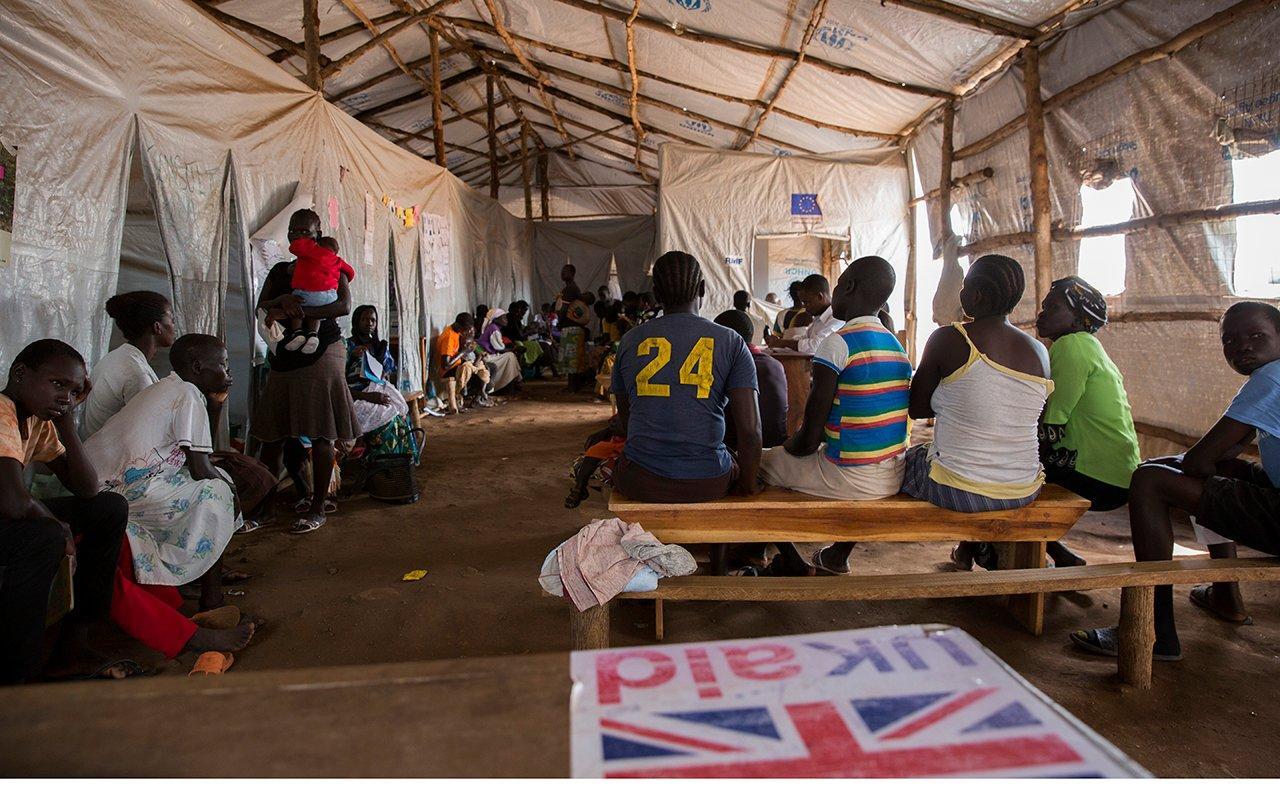Africa-Press – Uganda. Uganda will for the first time shift from manual to digital in conducting the 2024 National Population and Housing Census.
The Uganda Bureau of Statistics (Ubos) says the census exercise will use digital technology to collect, process, and disseminate the census results. Already, about 120,000 tablet computers have been bought for the purpose.
The distribution of the tablets started last month, with 3,410 tablets given out in Gulu, Amolatar, Alebtong, and Otuke districts in northern Uganda. So far, 71 districts have been covered.
A total of 114,460 enumerators and 18,483 supervisors are expected to participate in the exercise.
Dr Chris Mukiza, the executive director of Ubos, said the digital census would enable the country to produce accurate and timely demographic, social and economic data.
The 2024 census under the theme, ‘It matters to be counted’ will run from May 10 to 19, with May 9 as the census night, where Ubos staff will move door-to-door to capture data from residents of households.
Previously, census enumerators relied on hard copies of paper questionnaires to manually enter the data collected during the census exercise, a process which was said to be both time-consuming and tedious.
Mr Amos Kankunda, the chairperson of the parliamentary committee on Finance, Planning and Economic Development, welcomed the decision to digitalise the exercise, saying it would quicken the process of data collection, analysis and distribution, storage and management.
“We should appreciate the digital census, but it doesn’t mean we’re going to use the digital system to count people; rather, the enumerators and the people who are collecting data will use the opportunity of their available digital devices (tablets) to input data as soon as it is collected with accuracy,“ he told this publication yesterday.
“That would mean that as soon as data is collected, it is input into the system and saved and also used immediately for further processing,’’ he added.
Mr Kankunda said digital census would also ease the process of data disaggregation.
“It will be quite easy for the enumerators to breakdown data by age, gender, religion, level of education and also disaggregate subcategories of different groups of people like the elderly or people with disabilities. The digital devices are able to give you a hands-on and immediate results of you want to analyse,” he said.
“Data can also be sent immediately to the collection centre in real time, and information that has been got from all the parishes can be analysed at the district, regional and national level,” Mr Kankunda said.
He said a network system would be used to communicate census information to the centres where the analysis will be done.
Some of the devices will eventually be left behind to track information about the implementation of government programmes such as the Parish Development Model (PDM).
Mr Kankunda said in the past, heaps of papers (questionnaires) would be compiled, then carried forward for analysis, a process that he described as time-consuming and tedious.
How the gadgets will be used
The enumerators are expected to collect information using a tablet on all persons, households, institutions, and communities in the assigned enumeration area, transmit data to the server daily.
They are also tasked to notify the Census Enumeration Supervisor of field progress daily, prepare an end-of-assignment report, maintain all census materials and equipment in perfect working condition and afterwards hand over the census materials and tools to their supervisors.
Mr Amos Lugoloobi, the State minister for Planning, said the tablets are waterproof and can withstand any condition, among others.
He said after the census, the same gadgets would help in other government programmes and activities, including elections, national identity card renewals by the National Identification Registration Authority and PDM.
Dr Aminah Zawedde, the permanent secretary in the Ministry of ICT and National Guidance, told that the decision to digitalise the census is in line with Uganda’s digital transformation agenda.
Differences in digital and manual systems
Digital: After an enumerator, using the tablet, has captured data, it will be sent to the supervisors to validate to ensure every household has been captured.
Once the supervisor confirms that data captured is authentic and is in line with all the questionnaires that have been sent, the supervisor then uses the tablet to send the data to the data centre in Kampala.
The data will then be validated and processed by the team at the data centre using computers. After validation, the data will be processed, and the preliminary results released by end of June, and provisional results in September, and the final results published in December 2024.
Manual system: Previously, Ubos had the paper questionnaires printed out and the hardcopies given out to the enumerators.
Enumerators would capture data by filling the questionnaires that were in the form of a booklet manually and thereafter send the booklets to the data centre in Kampala where data would be transferred to computers for processing and validation.
Source: Monitor
For More News And Analysis About Uganda Follow Africa-Press






